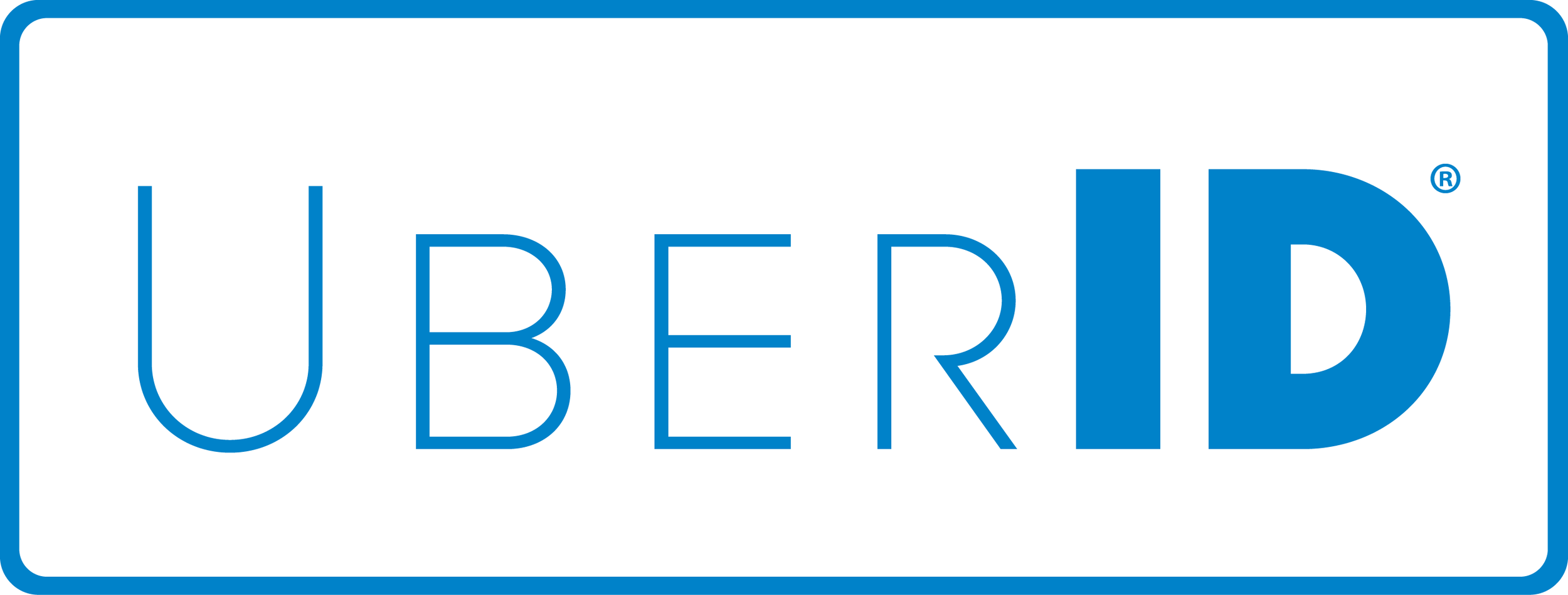Evacuation Starts with Notifications
The First Minutes Are Crucial in an Emergency
How co-workers, family members and even strangers around you respond in an emergency can easily save your life.
However, your closest colleagues and travel companions often have no knowledge of even each other’s primary emergency contacts. The closest people around you may only know little more than a stranger in terms of who to contact, that you may or may not have pre-existing medical conditions, things you may be allergic to, or what medications or supplements you are taking.
In a recent survey at Harvard Business School of 72 people from 27 countries attending an executive program, 100% of the attendees had locked iPhones. Other than the owner of each device, nobody had any means to assist an Emergency Responder with any information on medications, allergies, or more. Harvard Business School had medical information on the attendees to assist a First Responder or medical staff.
Of course attending an executive education venue is a relatively low-risk event, but that is not true for most business travel and is certainly not true for employees that visit industrial or high risk locations, or even conferences and trade shows.
‘Good Samaritan’ strangers can and do help anyone in trouble. So why not give them a few simple tools to help them provide a First Responder or medical professional with some objective information. (See article ‘The SOAP Protocol')
Always Carry a Medical ID
Most employee benefits plans provide at least a medical insurance card. While medical insurance cards may be great for the financial administrator in a hospital to process payment requests, they provide no means for medical professionals to obtain actionable information with which to help save a patient’s life on the scene or in the ER. Further, these cards don’t provide full contact details for a spouse or life partner.
At a minimum, everyone should have a small credit card size card with basic contact details for a loved one. Better yet, you can also obtain UberID® wallet cards that are specifically designed to withstand the wear and tear of travel and provide a myriad of features to truly help a first responder.
Personalize Your Phone Lock Screen
Creating a simple lock screen is a great way to help a good Samaritan or health care provider quickly access basic information. Encourage employees to use this feature – or other similar apps on Android or iOS devices – as one method of keeping first responders informed. UberID® delivers Members a personalized way to add an interactive lock screen that EMS can use on scene.
Such facilities automatically trigger notifications to your insurance provider and any emergency contacts – information that may be missing and is not automated if just viewed in something like simple Health app. When a first responder is dealing with a health crisis, their priority is on the patient and not on notifying family members – UberID® ensures that all key stakeholders are alerted right away and can expedite receiving the care you need (and are covered for). It also helps keep family members in the know, so they can connect with whichever facility is providing care to see what is happening.
Employers Should Help Employees when on the Road
As a backup, employers should ask employees to wear another form of ID while traveling. First responders are increasingly aware of the potential for additional IDs and will search for them. For example, a wristband, a wearable, neck, or shoe tag with your UberID® service information. These are all good backups to locks screens and a wallet card.
Overcoming Language Barriers when every second counts.
English may be the most spoken language in the business world, but there are many parts of the globe where it’s not well known. If an employee is traveling to a country with limited English support or spending an extended period in another nation, see if there are other forms of identification you can provide in the primary language spoken in that area.
UberID® considers this directly as form fields are translated into one of eleven languages to give local medical professionals a better understanding of what conditions might exist (such as allergies or pre-existing conditions). If they can’t quickly read your medical information themselves, they can at least quickly understand you have insurance or a medical condition, and bring in support to help read what you’ve written.
All of these tips will help medical professionals save precious seconds to not only understand your medical situation – but get you the best help possible based on your insurance coverage.
